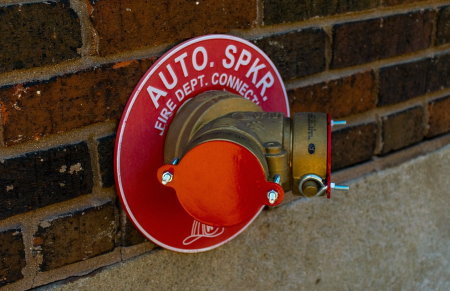In today’s competitive job market, great candidates don’t stay available for long. If your hiring process is slow—especially during background screening—you risk losing top talent to faster-moving competitors. The challenge for most companies is finding the sweet spot between thorough checks and efficient timelines.
The good news? You can have both. By refining a few key parts of your process, you can make hiring smoother, faster, and still maintain high standards for safety and compliance. Here’s how to make it happen without cutting corners.
1. Map Out Your Current Process Before Making Changes
Before you can speed things up, you need to understand where the holdups are happening. Is the delay during document collection, the screening itself, or the internal review stage? Start by mapping out each step of your current background check process.
This doesn’t need to be overly complicated—a simple flowchart or checklist works. The goal is to spot where bottlenecks happen most often. For example, if candidates take days to provide required documents, you know that’s a key area to address. If reports sit in a manager’s inbox waiting for review, that’s another clear slowdown.
Once you’ve identified the problem spots, you can prioritize improvements where they’ll have the biggest impact. Often, it’s a matter of improving communication or adjusting internal deadlines rather than overhauling the entire system.
2. Collect Candidate Information Early
One of the biggest time-wasters in hiring is waiting until after the interview to collect the information needed for screening. By that point, candidates may be juggling multiple offers, and any delay could cost you the hire.
Instead, gather all necessary details—such as full legal name, date of birth, past addresses, and consent forms—right after the initial interview stage. If you prefer not to ask too early, you can still prepare candidates by letting them know exactly what documents they’ll need to provide once they reach the screening stage.
Some companies even use secure online portals where candidates can upload documents as soon as they’re requested. This small shift can save days in back-and-forth communication and eliminate the waiting game.
3. Partner With a Reliable Screening Provider
Even the most organized hiring team can get bogged down if their screening partner is slow or inconsistent. A good background check provider should balance speed with accuracy and compliance—because rushing through checks without proper verification can create major legal and safety risks.
Providers like TEAM offer services that ensure reports are both accurate and delivered quickly, reducing unnecessary delays while maintaining compliance. The right partner will also offer support in navigating tricky areas like multi-state checks, international verifications, or industry-specific compliance requirements.
When evaluating a provider, look for clear communication, transparent timelines, and the ability to scale with your hiring needs. The best providers become an extension of your HR team, not just a vendor.
4. Keep Communication Open and Timely
Hiring delays aren’t always caused by slow reports—they’re often the result of slow responses. Candidates may not realize a missing document or signature is holding things up. Similarly, hiring managers might not know a background check is ready for review unless they’re notified.
Set up a clear communication process so everyone involved knows where things stand at each step. This might mean automated email reminders for candidates, status updates for managers, or weekly check-ins between HR and the screening provider.
Remember, people are more likely to respond quickly if they understand the urgency. When following up, be clear about deadlines and next steps. This helps keep the process moving without putting unnecessary pressure on candidates.
5. Use Technology to Your Advantage
While you don’t need fancy software to run an efficient hiring process, technology can help eliminate repetitive tasks and reduce human error. For example, applicant tracking systems (ATS) can integrate with background screening platforms, allowing you to request and receive checks without switching between multiple systems.
Some systems also offer dashboards where you can see the real-time status of every check in progress. This visibility helps you address issues immediately rather than discovering them days later. Even small tools—like secure e-signature platforms for consent forms—can shave hours or days off your timeline.
Just remember: technology should make the process simpler, not more complicated. Choose tools that are easy for both your team and your candidates to use.
Conclusion
Speeding up your hiring process doesn’t have to mean lowering your standards. By identifying bottlenecks, gathering information early, partnering with a dependable provider, improving communication, and using the right technology, you can cut down on delays while keeping background checks thorough and compliant.
In the end, the goal isn’t just to hire faster—it’s to hire better. When you streamline your process, you not only protect your organization but also create a better experience for candidates. That’s the kind of efficiency that pays off long after the offer letter is signed.










